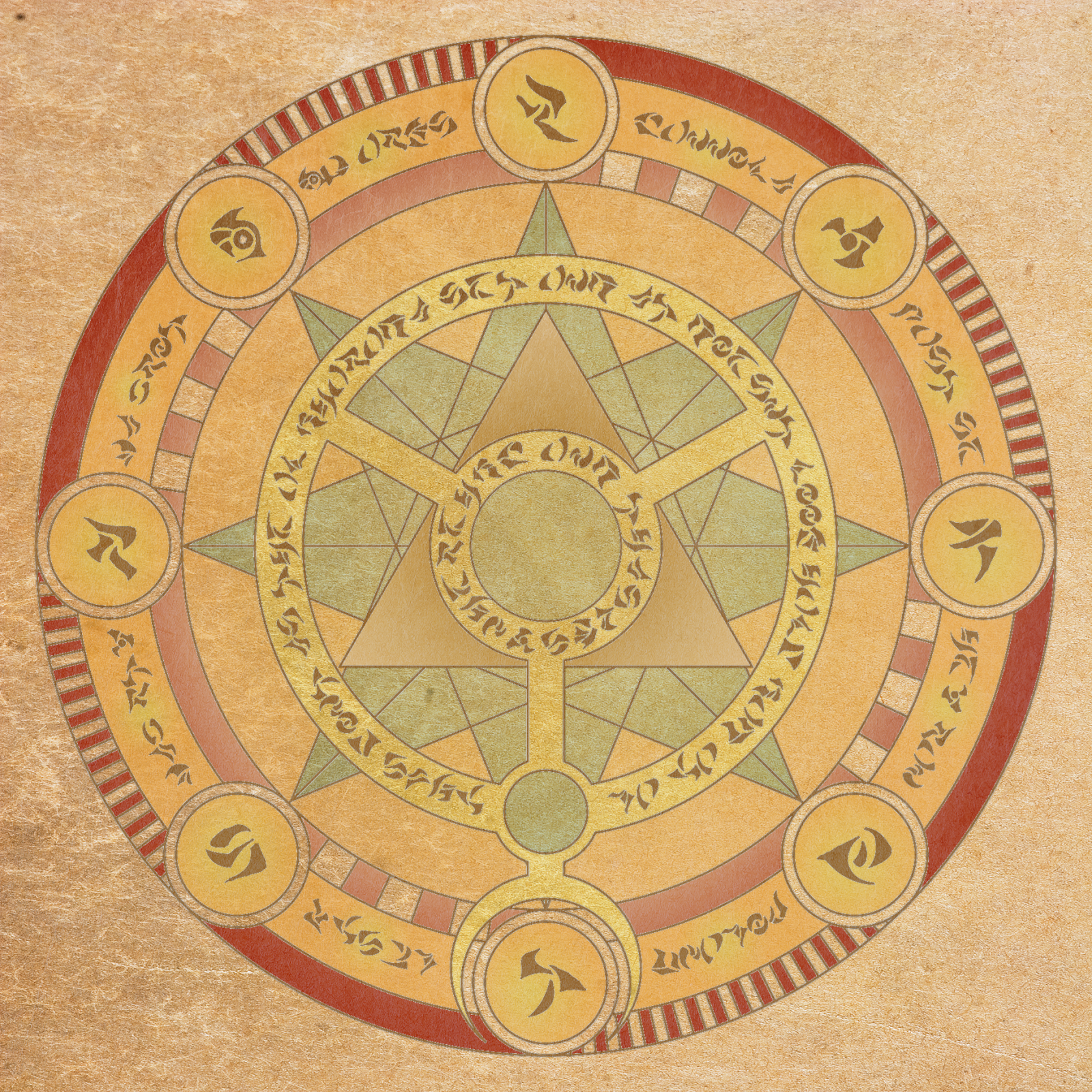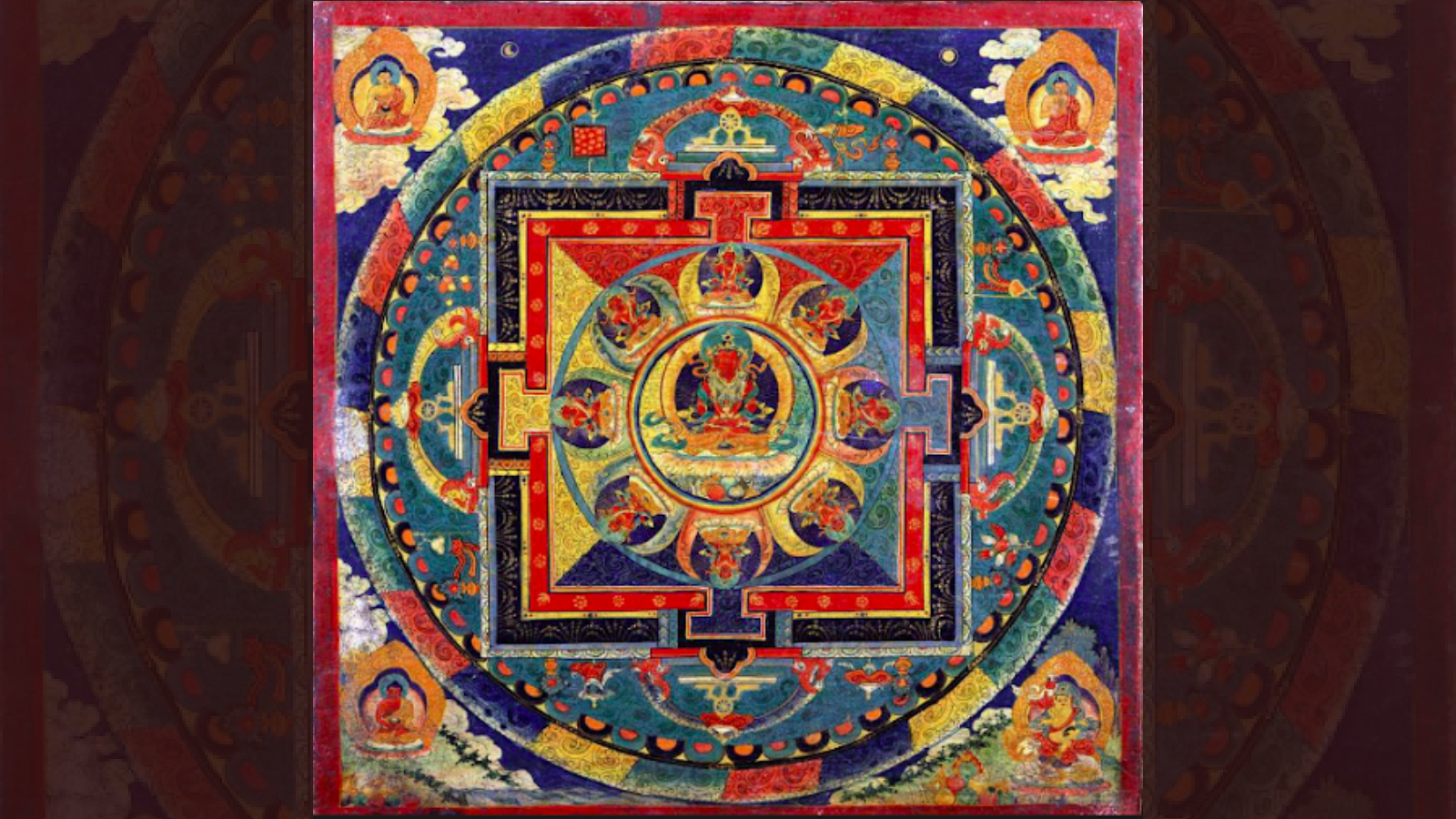

- #THE MAGIC CIRCLE THEORY FULL#
- #THE MAGIC CIRCLE THEORY LICENSE#
- #THE MAGIC CIRCLE THEORY PROFESSIONAL#
Aleister Crowley chose the spelling to differentiate his practices and rituals from stage magic (which may be more appropriately termed "illusion") and the term has since been re-popularised by those who have adopted elements of his teachings. The term magick is an Early Modern English spelling for magic, used in works such as the 1651 translation of Heinrich Cornelius Agrippa's De Occulta Philosophia, Three Books of Occult Philosophy, or Of Magick. Ĭrowley saw magic as the essential method for a person to reach true understanding of the self and to act according to one's true will, which he saw as the reconciliation "between freewill and destiny." Crowley describes this process in his Magick, Book 4. John Symonds and Kenneth Grant attach a deeper occult significance to this preference. Crowley wrote that "it is theoretically possible to cause in any object any change of which that object is capable by nature". He defined it as "the Science and Art of causing Change to occur in conformity with Will", including "mundane" acts of will as well as ritual magic. The synonym magick is an archaic spelling of 'magic' used during the Renaissance, which was revived by Aleister Crowley to show and differentiate the occult magic from stage magic. Ceremonial magic is part of Hermeticism and Western esotericism. Popularized by the Hermetic Order of the Golden Dawn, it draws on such schools of philosophical and occult thought as Hermetic Qabalah, Enochian magic, Thelema, and the magic of various grimoires. It can be seen as an extension of ritual magic, and in most cases synonymous with it. The works included are characterized by ceremony and numerous requisite accessories to aid the practitioner. It is a condition of access that users recognise and abide by the legal requirements associated with these rights.Ceremonial magic ( ritual magic, high magic or learned magic) encompasses a wide variety of rituals of magic.
#THE MAGIC CIRCLE THEORY LICENSE#
If the document is available under a Creative Commons License (or other specified license) then refer to the Licence for details of permitted re-use. Unless the document is being made available under a Creative Commons Licence, you must assume that re-use is limited to personal use and that permission from the copyright owner must be obtained for all other uses. Past > Research Centres > ARC Centre of Excellence for Creative Industries and Innovation Past > QUT Faculties & Divisions > Creative Industries Faculty
#THE MAGIC CIRCLE THEORY PROFESSIONAL#
Games, Magic Circle, Play, Professional Gaming, Video Games

I conclude that the play space which it claims to protect from the courts and other governmental authorities would be better served by the existing concepts of intent, consent, and commonly accepted principles associated with international travel.

Furthermore I consider the reasons given by other authors for the existence of the Magic Circle, and I assert that the term “Magic Circle” should be discarded, that it has no relevance to contemporary games, and indeed it acts as a hindrance to the design and study of games. I evaluate the opinion espoused by some authors of there being different magic circles for different players, and assert that this is not a useful approach to take when studying games, because it prevents the analysis of a game as a single entity. I consider a reprise of the Stanley Milgram Obedience Experiment (2006), and what that tells us about human emotions and the effect that events taking place in a virtual environment can have upon them. Through a study of the literature in Game Theory, and examples of possible issues which could arise in contemporary games, I suggest that the emotions of the play experience continue beyond the play space, and that emotions from the “real world” enter it with the participants.
#THE MAGIC CIRCLE THEORY FULL#
I further argue that the definition itself contains a logical fallacy, which has prevented the full understanding of the definition in later work. In this paper, I argue that Salen and Zimmerman (2003) have taken a term used as an example, and applied a meaning to it that was never intended, based primarily upon definitions given by other authors, namely Apter (1991) and Sniderman (n.d.). Because of the terminologyused, it carries with it unhelpful preconceptions that the game world, or play-space, excludes reality. It became in academia following the publication of “Rules of Play” in 2003. Whilst often accredited to Johan Huizinga (1955), the modern usage of term in truth belongs to Katie Salen and Eric Zimmerman. As a concept, the magic circle is in reality just 4 years old.


 0 kommentar(er)
0 kommentar(er)
